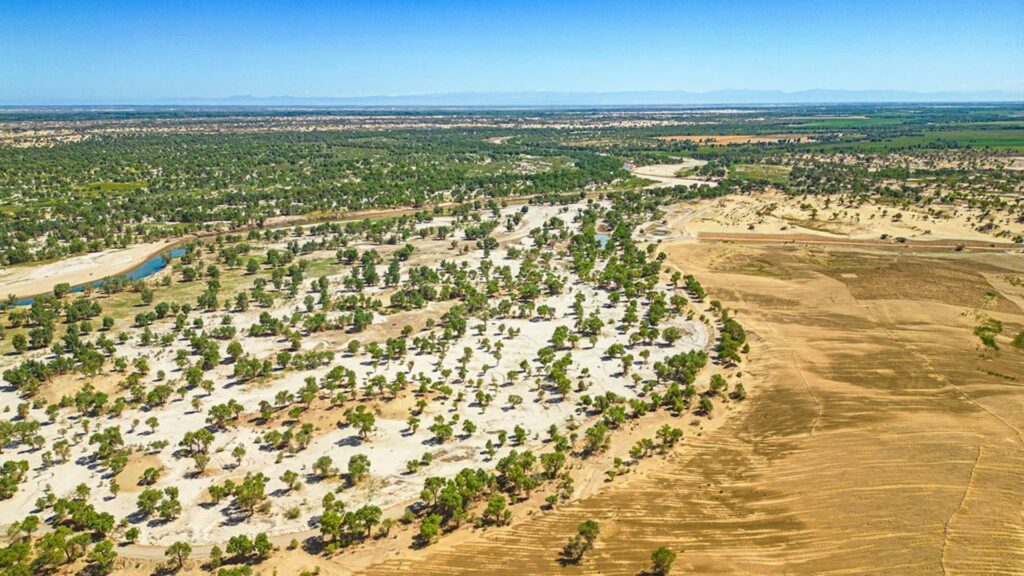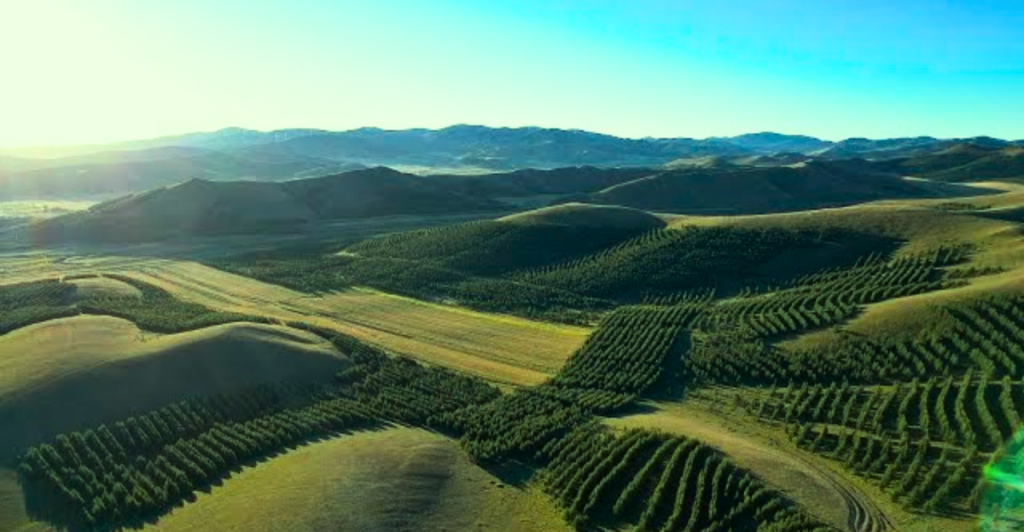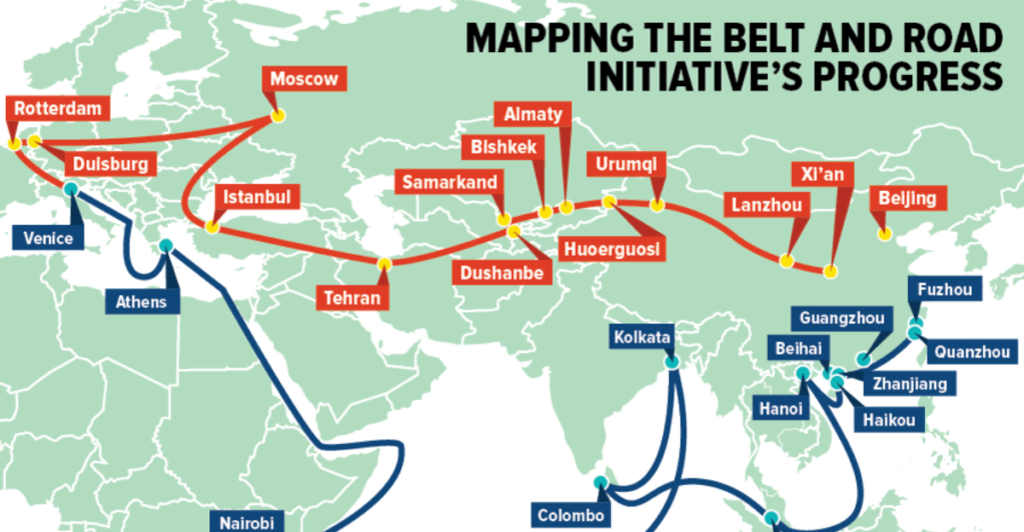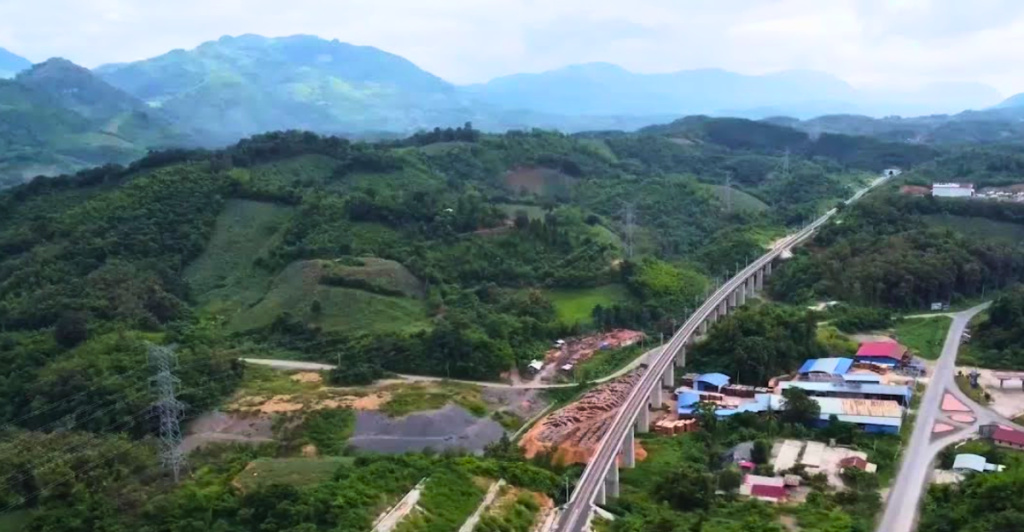
China has set the record by creating a 1,800-mile-long green cover around one of the harshest deserts, the Taklamakan desert. The country has completed the desert encirclement project which had a staggering length of 1,800 miles and was first proposed in 1978. The goal of this massive undertaking is to prevent the expansion of deserts and lessen the sandstorms that pummel northern and western China. The Green Belt or the Green Great Wall which is part of the Three North program has increased the area under forests in China from less than 10% in 1949 to around 25% by the end of the last year.
The Taklamakan Desert: A Harsh Landscape

Covering an area of 337,000 square kilometers, the Taklamakan Desert in the Xinjiang Uygur Autonomous Region is the world’s second-largest shifting sand desert. The name means “go in and don’t come out,” a nod to its challenging terrain and unforgiving climate. More extreme weather events have taken a toll on nearby communities, such as frequent sandstorms that jeopardize agriculture and threaten human habitation. Adding a green belt to this daunting desert is a major leap forward in preventing these environmental threats.
Origins of the Three-North Shelterbelt Program

In 1978 China launched The Three-North Shelterbelt Program, the largest green project in the world, which aims to fight the desertification of Northern China. Stretching across the Northeast, the program seeks to plant 100 billion trees by 2050, forming a vast web of forests to serve as windbreaks and stabilize soil. The long-term project is a testament to China’s dedication to environmental restoration and sustainable development, addressing ecological challenges that have persisted for decades.
Challenges in Afforestation Efforts

The Green Belt project does not go without its challenges. Initial attempts encountered several problems, including poor planning, inappropriate species use, and poor survival rates of planted trees. There were also fears that the constant extraction of aquifers in dry areas would lead to long-term problems. Nonetheless, through processes of trial and error, protocols have been altered over time, leading to advances in best practices through species selection and irrigation, enhancing the project’s overall effectiveness and sustainability.
Ecological and Environmental Benefits

The Green Belt is fully completed at present, yielding a lot of ecological benefits. It has successfully decreased the frequency and intensity of sandstorms and improved air quality as well as helped to stabilize soil in adjacent areas. In addition, the expanded green coverage is enhancing biodiversity, offering homes for different species, and assisting in the global climate change effort through carbon sequestration.
Impact on Local Communities

For local communities, the Green Belt has brought about positive socio-economic changes. The reduction in sandstorms has safeguarded agricultural activities, leading to improved crop yields and food security. Additionally, the project has created employment opportunities in tree planting and maintenance, contributing to poverty alleviation and economic development in the region. The transformation of the landscape has also opened avenues for eco-tourism, further boosting local economies.
Global Significance of the Project

China’s green belt project serves as a model for large-scale environmental restoration efforts worldwide. It demonstrates the potential of human intervention in reversing desertification and mitigating climate change impacts. The project’s success underscores the importance of long-term commitment, adaptive management, and community involvement in achieving environmental sustainability. It offers valuable lessons for other nations facing similar ecological challenges.
Future Plans and Sustainability

Looking ahead, China plans to continue reinforcing the green belt to ensure its long-term sustainability. This includes restoring poplar forests, implementing new forest networks to protect farmland, and exploring the cultivation of economically beneficial orchards. Ongoing research and monitoring will focus on improving species selection and irrigation techniques to adapt to changing climatic conditions, ensuring the resilience and effectiveness of the green belt in the future.
Technological Innovations in Afforestation

The success of the Green Belt project has been supported by technological innovations in afforestation practices. Advancements in remote sensing and geographic information systems (GIS) have enabled precise planning and monitoring of tree planting activities. Additionally, the development of drought-resistant plant species and efficient irrigation methods has improved tree survival rates in arid regions. These technological tools have been instrumental in overcoming the challenges associated with large-scale afforestation.
Environmental Education and Public Participation

Public awareness and participation have played a crucial role in the project’s implementation. Environmental education campaigns have mobilized citizens to engage in tree planting and conservation activities. Community involvement has fostered a sense of ownership and responsibility towards the environment, enhancing the project’s success. This collective effort reflects a growing environmental consciousness among the Chinese population, contributing to the broader goals of ecological preservation and sustainability.
International Collaboration and Knowledge Sharing

China’s experience with the Green Belt project has facilitated international collaboration and knowledge sharing in the field of desertification control. The insights gained from this large-scale afforestation effort have been shared with other countries facing similar challenges, promoting global cooperation in environmental restoration. Such exchanges have enriched the global understanding of effective strategies to combat desertification and have inspired similar initiatives in other parts of the world.
Critiques

While the Green Belt project has achieved notable successes, it has also faced critiques regarding its ecological impact and sustainability. Early setbacks, such as low tree survival rates and unintended environmental consequences, have provided valuable lessons in project planning and implementation.
Lessons Learned

These experiences have highlighted the importance of ecological considerations, appropriate species selection, and sustainable resource management in large-scale environmental projects. Continuous evaluation and adaptation have been key to overcoming these challenges.
References:
China Announces Completion of a 1,800-Mile Green Belt Around the World’s Most-Hostile Desert
China completes 3,000-km green belt around its biggest desert, state media says
China’s largest desert fully encircled with green belt
China Completes 3,000-Km Green Belt Around Its Biggest Desert, State Media Says
Stay connected with us for more stories like this! Follow us to get the latest updates or hit the Follow button at the top of this article, and let us know what you think by leaving your feedback below. We’d love to hear from you!







